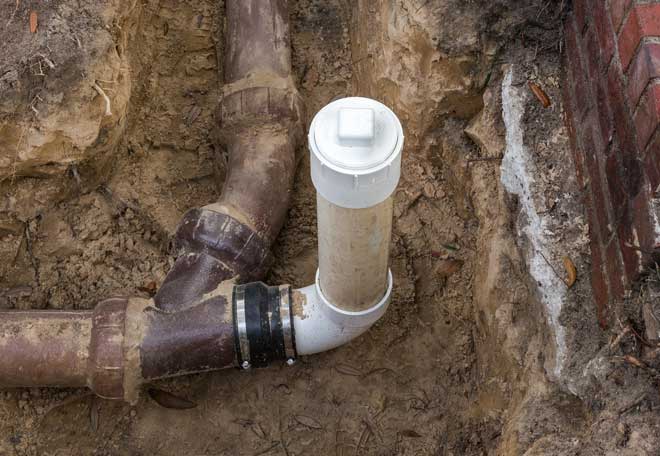
Many people may have been afflicted with sewer smell, clogged drains, or suspicious water around their homes. Such people know how serious the problem can be. A sewer cleanout is used to remove any backup from sewage pipes. The backup may arise from tree roots, roots of nearby plants and shrubs, blockages from portable toilets, or a broken pipe. If these backups are left untreated for too long, they can cause severe damage to your home and property. The following are things you need to know about a sewer cleanout.
Where Can You Find a Sewer Cleanout?
There are usually multiple cleanouts in the home for different reasons. The spots are in various places around the house. They can be found in floor drains, the foundation, or the bottom of the main sewer line. Suppose you notice a sewage smell coming from your sinks, tubs, and toilets, or you see water damage on your walls or floors around these fixtures. In that case, this is usually an indicator of a blockage somewhere leading to the sewer.
Common Causes of Clogs and Backups
According to professionals such as sewer cleanout Denver-based service providers, tree roots are the most common cause of sewer clogging, damage, and backups. Suppose someone in your neighborhood is paving their driveway or has had recent construction. In that case, these workers need to take extra precautions. It is vital to make sure roots from nearby trees are not damaged or disturbed during the process. Trees often send out new shoots if these roots are damaged, searching for a new water source. For this reason, it can often lead to tree root growth in your pipes or drains.
What to Look for During a Sewer Clean Out
You can check for signs of a blockage such as sewage smells, water leaks, and dirty floors and walls in several ways. One is by feeling around the pipes under your sinks and in your house’s foundation drains. You can also check the main sewer line around your entire home by sticking a long hose into the maintenance hole or cleaning out at the bottom of your main sewer line. Suppose you see anything through this hose that should not be there, such as black or brown water, mud, etc. In this case, you likely have a blockage on your hands.
What to Do If Your Sewer Smells
If you smell a sewage leak coming from your cleanout, you should immediately call your local plumber or utility company. You can check by hovering a flashlight over the cleanout to see if any black or brown water is coming out. If so, ensure you seek sewer unclogging experts. Your sewer lines can back up quickly and flood the entire home unless they are dealt with immediately. The faster you act on these situations, the minor damage they cause to the property and sewer lines.
The best way to maintain the health of your septic tank is to conduct a periodic sewer cleanout. Sewer cleanouts entail taking debris and waste from your home’s sewer system. The process allows water that has been trapped in underground pipes to flow freely again. For this reason, ensure you learn about the process, the importance of regular maintenance, and some critical steps for making it on your own.
